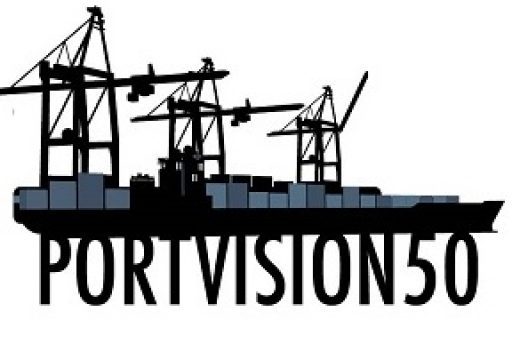Based on the IMO GHG reduction, by 2030 carbon dioxide emissions should be reduced by at least 40% from 2008 levels, and should be reduced by 50% by 2050, as measured by emissions per transport work or the amount of carbon produced per ship, according to the mandate. Although no decision has yet been made on how to achieve those goals, here is a list of what’s being considered:
Ammonia
Ammonia is gaining traction as a carrier for hydrogen, and can be converted to hydrogen at the point of use. Liquid ammonia’s energy density is significantly lower than today’s marine fuels including LNG and LPG. It can be stored at a higher temperature in a liquid form under atmospheric pressure. It is a somewhat cryogenic liquid.
Batteries
Batteries offer the ability to directly store electrical energy for propulsion, allowing for power optimization. Recent improvements in battery technology combined with lower price points has opened up more opportunities in the marine sector.
Biofuel
Biofuels are derived from primary biomass or biomass residues that are converted into liquid or gaseous fuels. A large variation of processes exists for the production of conventional and unconventional biofuels based on a number of different feedstocks. The most promising biofuels for marine adaptation are biomass-to-liquids (BTL), fatty acid methyl ester (FAME), hydrotreated vegetable oil (HVO), and liquid biogas (LBG), but LBG is mostly made up of methane. Biodiesel is most suitable for replacing MDO/MGO, LBG for replacing conventional LNG, and SVO (straight vegetable oil) for replacing HFO.
Fuel Cells
Fuel cells change the chemical energy contained in a fuel into electrical and thermal energy through electrochemical oxidation. This straight conversion process enables relatively high electrical efficiency depending on the type of fuel cell and fuel used. Fuels cells are also quieter than combustion engines.
Hydrogen
Hydrogen can be created in numerous ways. Most hydrogen today is produced by reforming natural gas. Green hydrogen produced from electrolysis and renewable energy (wind, solar, water) can be the basis for a range of low carbon fuels. It can be used directly as compressed or liquefied gas. In combination with carbon dioxide, it can be converted to methane gas a method known as power-to-gas or PtG.
LNG
Liquefied natural gas (LNG) is natural gas that has been cooled down to liquid form for ease and safety of non-pressurized storage or transport. It takes up about 1/600th the volume of natural gas in the gaseous state at standard conditions for temperature and pressure. The liquefaction process involves removal of certain components, such as CO2, acid gases, helium, water, and heavy hydrocarbons, which could cause difficulty downstream. The natural gas is then condensed into a liquid by cooling it to approximately −162 °C and stored close to atmospheric pressure.
LPG
Liquefied petroleum gas (LPG) is any mixture of propane and butane in liquid form. Mixing butane and propane enables specific saturation pressure and temperature characteristics. LPG can be handled in pressure tanks at ambient temperature.
Methanol
Methanol is the simplest alcohol with the lowest carbon content and highest hydrogen content of any liquid fuels when looking at GHG reduction. Methanol is an elementary part of many chemical commodities. It has been used by a fuel for transport but mostly by methanol carriers. Methanol can be It can be produced using a number of different feedstocks such as natural gas or coal. Nascent technology is focusing from renewable resources such as biomass, CO2 or hydrogen.
Wind-assisted propulsion
Wind-assisted propulsion is also a possible method of reducing the fossil-fuel-based energy consumption of ships.

Leave a comment